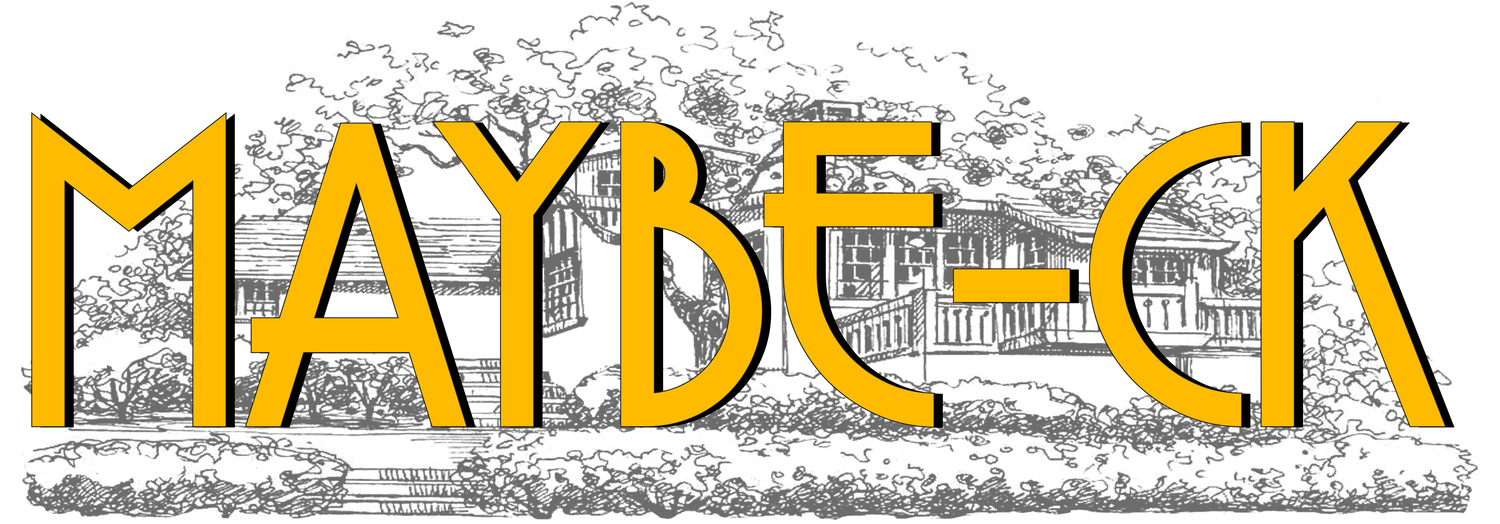Got the Gothic lights working
After installing the lights, I wasn't getting them to turn on. First thing to check with my beeper (electricity detector) was power to the switch box. I wasn't getting anything from the switch boxes so I checked the fuses to see if there are any burnt ones. So I decided I should tie into the power going to the other switches by the front door. I used a piece of spare wire, held by my wire strippers (with insulated handles) to jump power from the hot light switch to the living room 3 way. I touched it to one pole on the 3 way and the light lit up! Nice! Then I connected it to the other pole and POP! Blew a fuse. The reason for this is there actually was power to the box but I just have a crappy beeper. Connecting a 110v hot to another 110v hot makes 220v.
Even for people like me who are pretty good with 3 ways, it helps to make notes. The old knob and two wires were not labeled so I had to figure out which was which.
Now I know that B wire is hot in (supposed to be black), C goes to the light somehow and when B is switched to A (common), it goes to the other switch (beeped for hot over there). Since there are only three wires, I know that if the hot comes in here, the other switch box must be connected to the lights
I started labeling the wires with tape. A legit electrician would use different colored electrical tape to mark them. I started sketching it out:
































